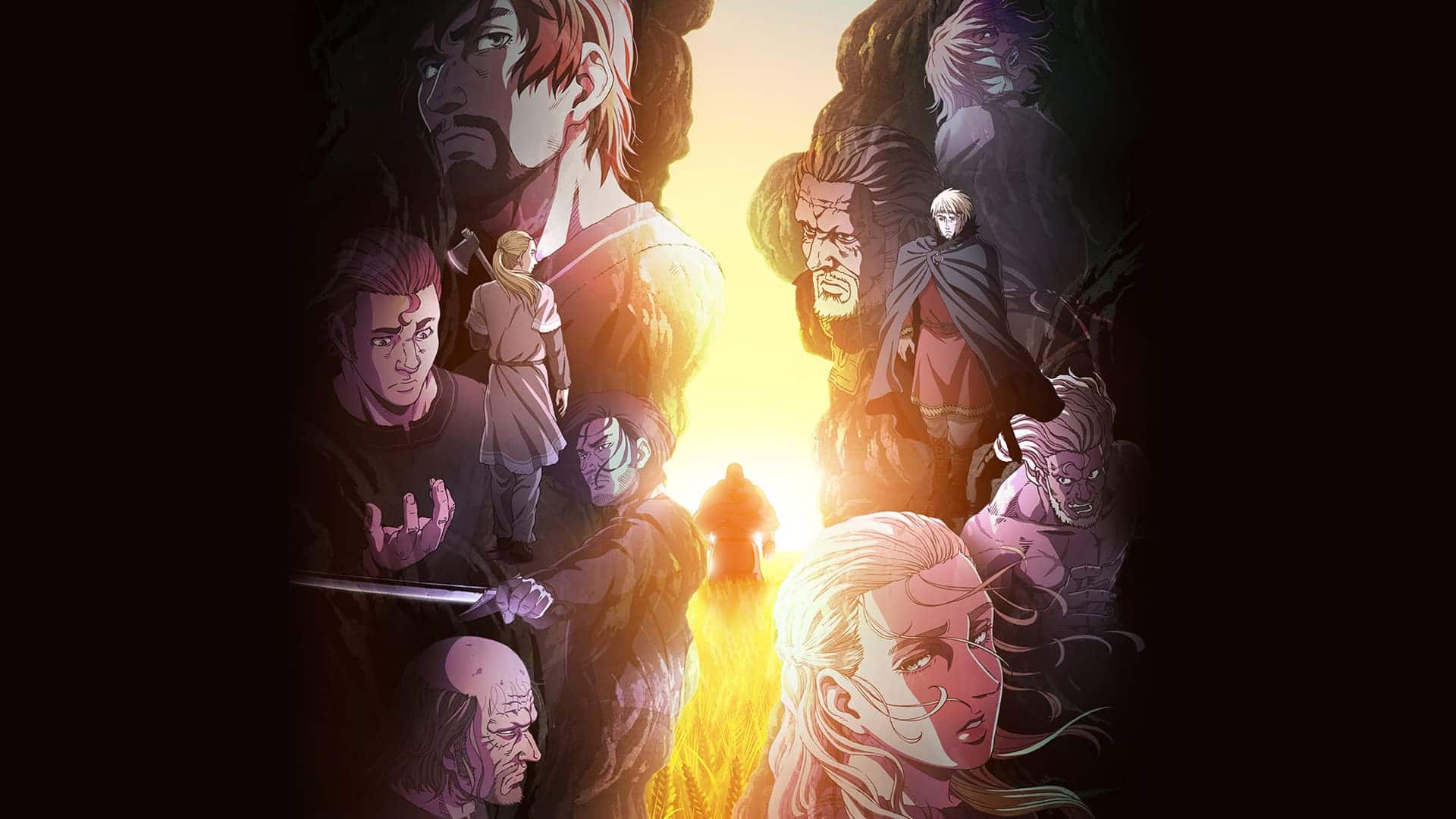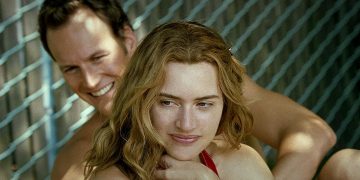Makoto Yukimura authored the manga and anime series Vinland Saga. In 2005, it was published in the Japanese publication Weekly Shonen Magazine. Wit Studio has converted the manga into an anime television series. The anime’s first season ran from July to December 2019.
The narrative takes place in Europe in the year 1000 AD, during the Viking Period. The story follows Thorfinn, a young Viking warrior on a quest for vengeance against Askeladd, the man who murdered his father, Thors. Thorfinn lives with his father, Thors, a great warrior who has retired from Viking life and settled down with his family at the start of the series. As a group of Viking warriors commanded by Askeladd attacks their settlement, Thors is compelled to return to his former life.
Thors agrees to fight for his people, but he is killed in combat against overwhelming odds. Thorfinn is left with a strong desire for vengeance against Askeladd, whom he holds responsible for his father’s death. Thorfinn joins Askeladd’s mercenary band and travels around Europe with them, engaging in battles and fulfilling jobs for their various patrons. Thorfinn learns more about the world and the people he meets along the route, and he begins to question the morality of his quest for vengeance.
The show delves into a variety of topics, including violence, morality, repentance, and the search for peace. It also dives into Viking Age history and culture, including authentic portrayals of Viking ships, weaponry, and clothes. Thorfinn’s character grows over the series from a single-minded warrior seeking vengeance to a more complicated figure seeking a greater knowledge of the world and his position in it. He is intrigued by the concept of discovering Vinland, a tranquil land that he believes would give shelter from the brutality and struggle of the Viking Age.
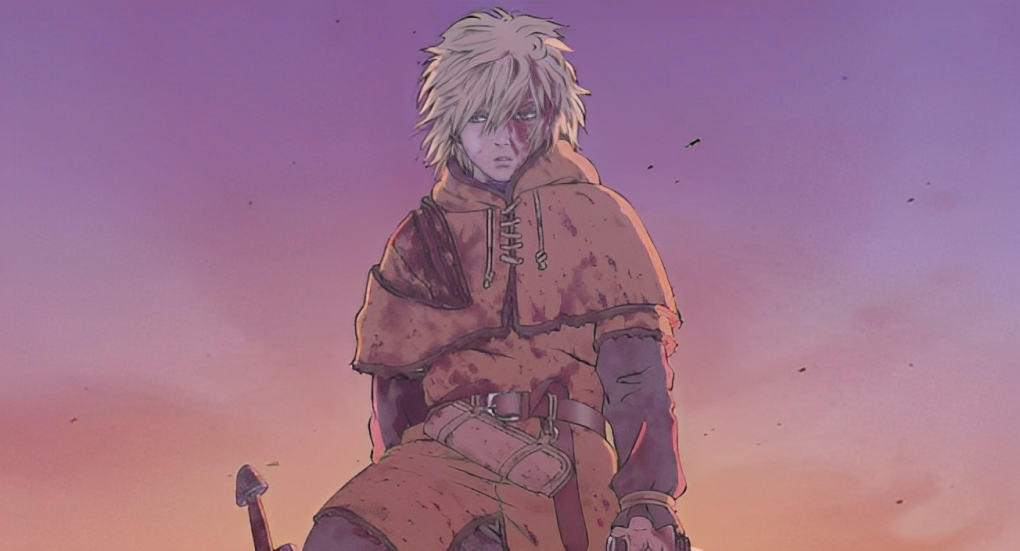
The accurate representation of Viking life, fascinating characters, and topics in Vinland Saga have been commended. It has received multiple awards, including the Grand Prize in the manga category at the 13th Japan Media Arts Festival Awards.
Also Read: 20 Anime Series Like Vinland Saga That You Shouldn’t Miss
Top Must-Know Facts Before You Watch
1. Studio Change
Throughout the course of its creation, the studio in charge of animating Vinland Saga changed. Earlier, it was stated that Studio Wit, known for creating well-known anime series like Attack on Titan and Kabaneri of the Iron Fortress, would create the anime adaptation.
Nevertheless, it was revealed that Studio Wit would leave the project owing to scheduling issues while Vinland Saga was still in development. The project was consequently moved to Studio MAPPA, a studio best known for creating anime shows like Yuri on Ice and Jujutsu Kaisen.
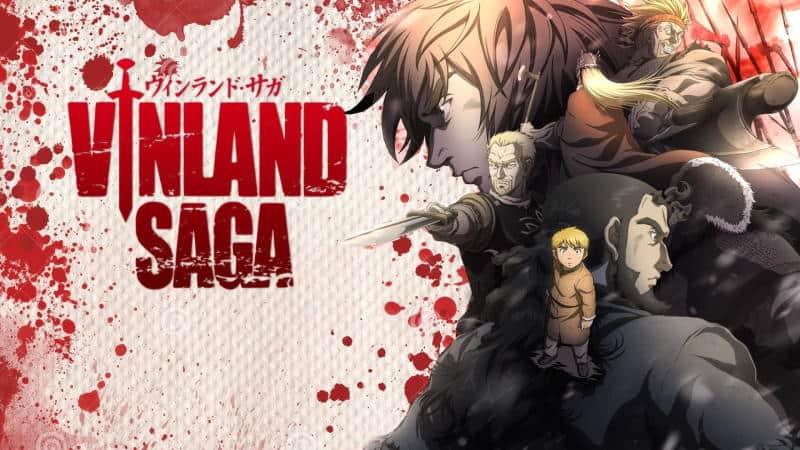
Despite the studio switch, both fans and critics praised the anime version of Vinland Saga for its excellent animation and faithful translation of the manga.
2. Vinland Saga Refers To Vinland, Discovered By Leif Erikson
Leif Erikson, a Viking adventurer, found the Vinland region of North America, which is referenced in the title “Vinland Saga.” The show centers on the exploits of Thorfinn, a young Viking warrior who becomes involved in a quest for vengeance after Askeladd, the mercenary commander, kills his father.
Thorfinn’s quest to revenge his father’s death and discover a new meaning in life permeates the whole series and finally sends him on a trip to Vinland. The show is renowned for its accurate portrayals of Viking culture and history and covers topics like brutality, morality, and identity.
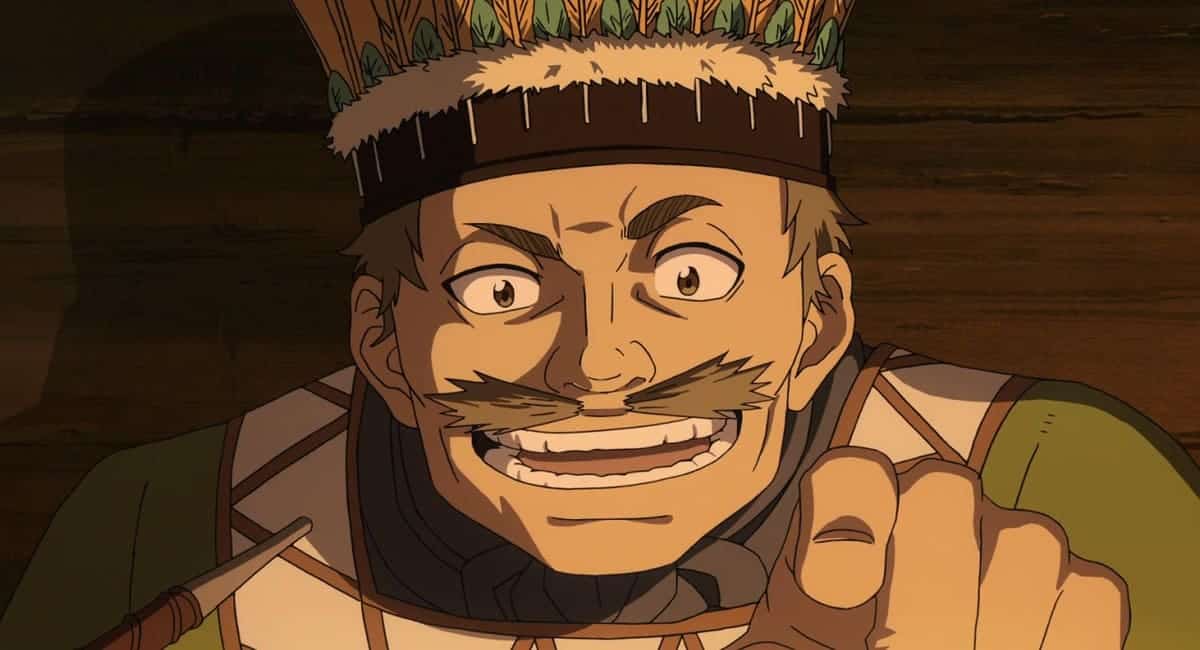
The title “Vinland Saga” represents the series’ investigation of Viking history and culture, as well as its emphasis on the discovery of new regions and the hardships faced by those who tried to explore and conquer them.
3. The Series Has Won Awards
In 2009, the general category of the Kodansha Manga Award was given to Vinland Saga, and it also received the Grand Prize at the 13th Japan Media Arts Festival Awards. The series has also received nominations for a number of other prizes, including the Eisner Award and the Harvey Award in the US.

Also Read: 27 Best Gintama Facts You Might Not Know
4. Makoto Yukimura Researched Viking History And Culture
The creator of Vinland Saga, Makoto Yukimura, has revealed in interviews that he spent years studying Viking history and culture to make the period in the manga a more authentic representation.
He stated that rather than merely portraying Vikings as “barbarians,” he wanted to examine the intricate social and political systems as well as their beliefs and traditions.

One of the reasons Vinland Saga has been regarded by many reviewers and historians as an original and compelling work of historical fiction is its commitment to historical truth.
5. Yutaka Yamada Composed The Music For The Anime Adaptation
Yutaka Yamada, known for creating the soundtrack for hit anime series like “Tokyo Ghoul” and “Great Pretender,” also created the music for the anime version of Vinland Saga.
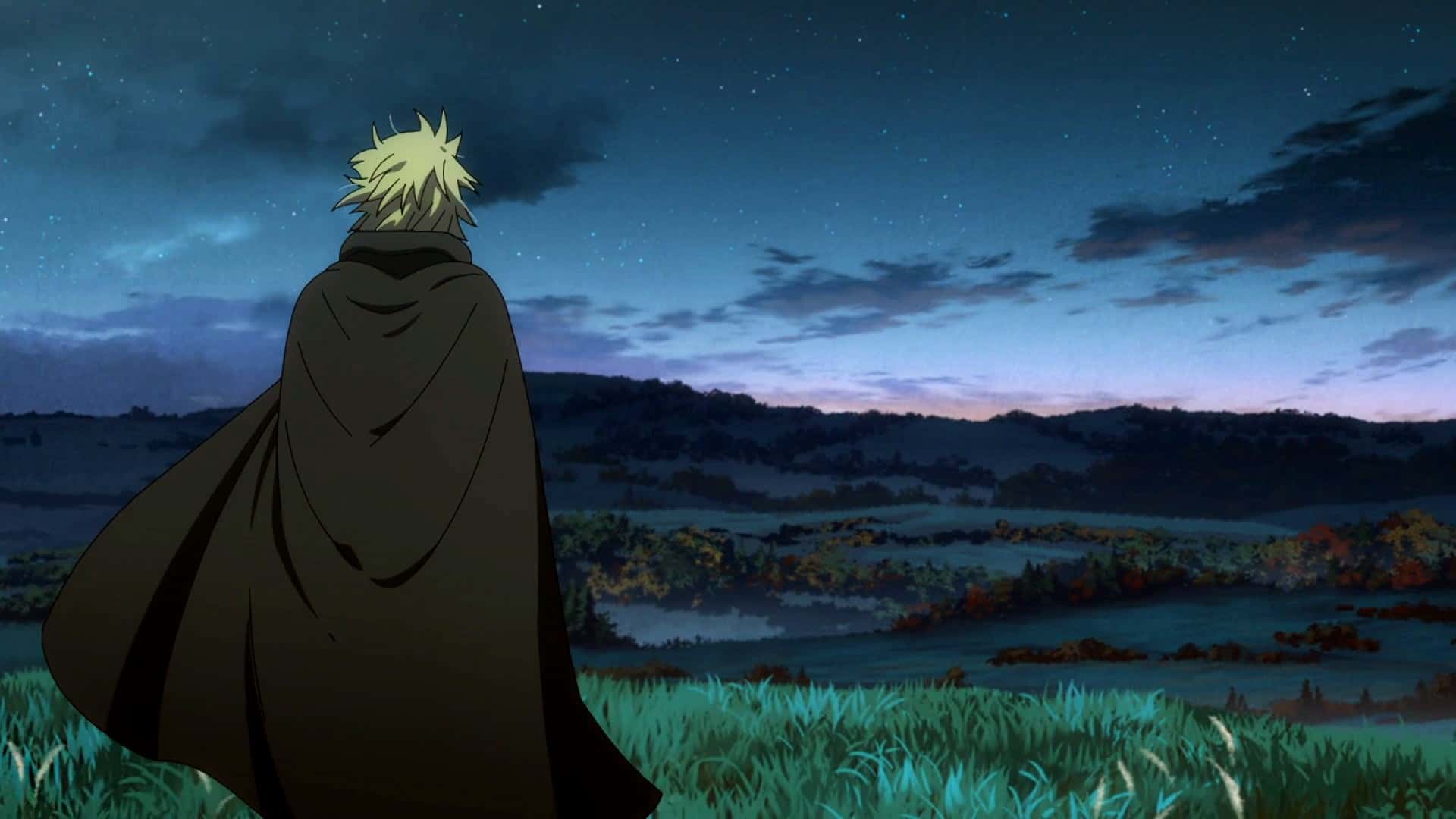
Its epic and sentimental elements, as well as its capacity to encapsulate the tone and atmosphere of the series, have earned his music for Vinland Saga high praise. Both fans and reviewers have praised the anime’s opening and closing themes, “MUKANJYO” by Survive Said The Prophet and “Torches” by Aimer.
6. The Vinland Saga Was Inspired By A Trip
A journey to Iceland that the author, Makoto Yukimura, had when he was in his 20s served as the basis for the plot of Vinland Saga. On his journey, he was impressed by the harsh terrain and the sense of solitude and seclusion he experienced in the country’s distant regions.
He was inspired by this event to write a tale about the Viking Age that would explore themes of adventure, discovery, and survival in a hostile environment.
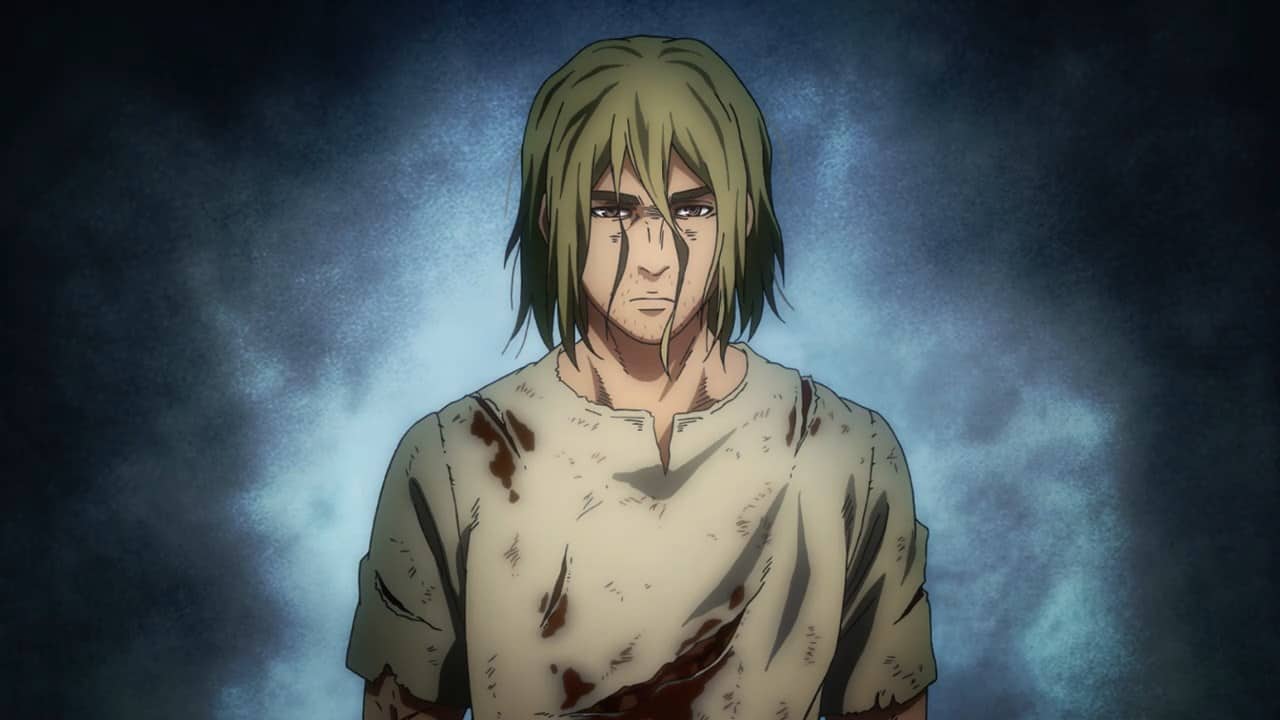
His ideas for the plot changed as time went on, and he started to place more emphasis on the people and their interactions, as well as the historical and cultural setting of the period. The outcome is the grandiose and profoundly moving tale that has come to be known as the Vinland Saga.
Also Read Top 10 Hottest Female Anime Characters Of All Time!
7. Thorfinn May Be Based On A Real Historical Figure
The Icelandic Sagas, a collection of ancient texts that record the history and tales of Iceland and the surrounding territories, served as the series’ inspiration. A Norse explorer called Thorfinn Karlsefni undertook an expedition to Vinland in North America about the year 1000, according to one of the Sagas, the Saga of Erik the Red.

The name Thorfinn may have been chosen as a tribute to this real individual in the Vinland Saga, although there is no actual relationship between the two.
8. The Author Wanted To Explore The Humanity Of Vikings
Vinland Saga’s author, Makoto Yukimura, has said in interviews that he intended to produce works that examined the Vikings’ humanity and questioned the common perception of them as merely ruthless warriors.
Yukimura stated in an interview with Anime News Network that he was intrigued by the psychological effects of violence and the toll it takes on those who commit it and that he thought the Viking culture offered a rich setting for this investigation.
The Vikings are shown as multifaceted individuals with a variety of motivations, emotions, and personal challenges throughout the whole series of Vinland Saga. The series doesn’t hold back when showcasing the horror and bloodshed of the Viking age, but it also depicts the people debating issues of morality, loyalty, and identity.
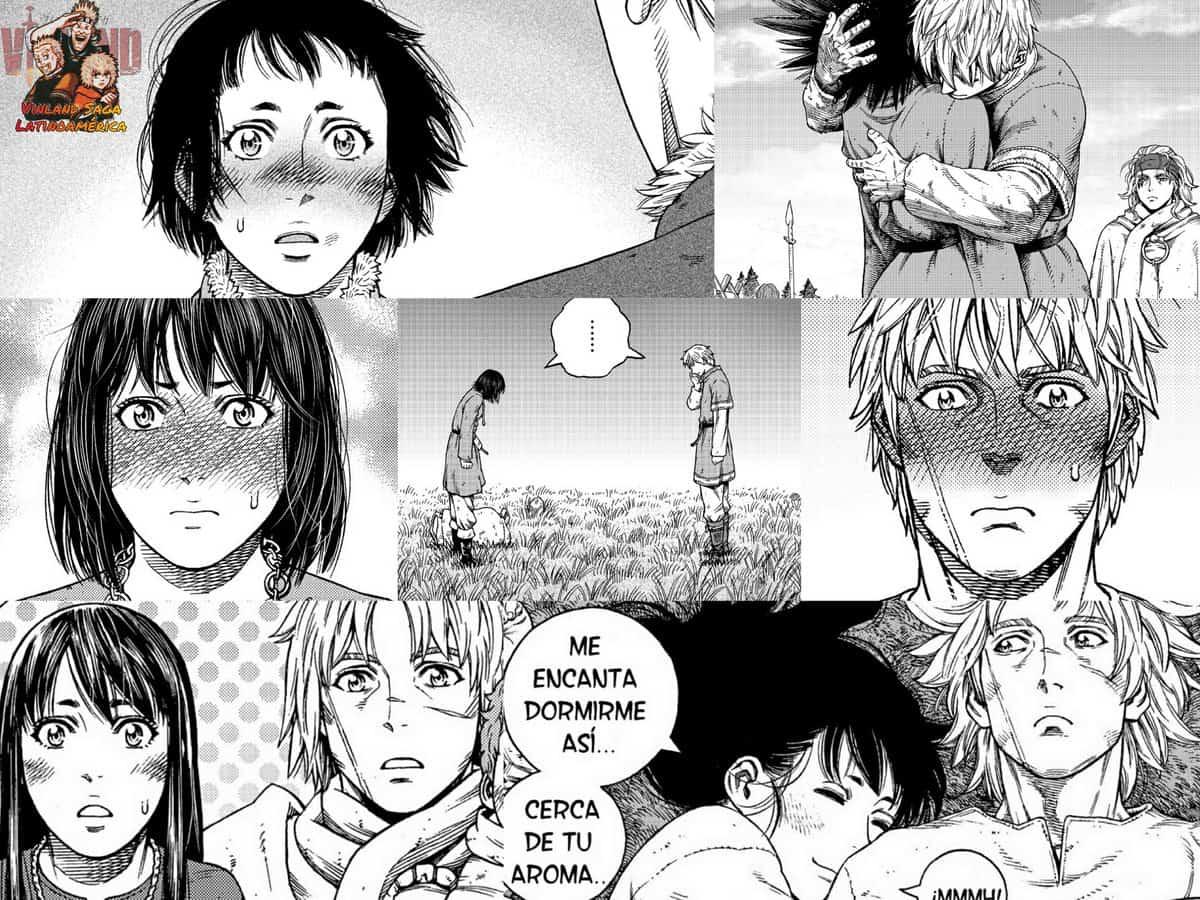
By doing this, the show delivers a complex and sympathetic representation of the Vikings while also shedding light on the period’s larger social and historical background.
9. Shuhei Yabuta Directed The Anime Adaptation Of Vinland Saga
Shuhei Yabuta, renowned for his work as a CGI director and action animation director on the well-known anime series Attack on Titan, directed the Vinland Saga anime adaptation. Along with these renowned anime works, Yabuta has contributed to Inuyashiki, The Ancient Magus’ Bride, and Dimension W.
Vinland Saga, which includes a number of aesthetically gorgeous and meticulously detailed action sequences and combat scenes, makes excellent use of Yabuta’s expertise in animation and computer graphics.
Moreover, the anime effortlessly integrates 3D CGI animation components with 2D animation, enabling dynamic camera angles and agile movement in the action scenes.
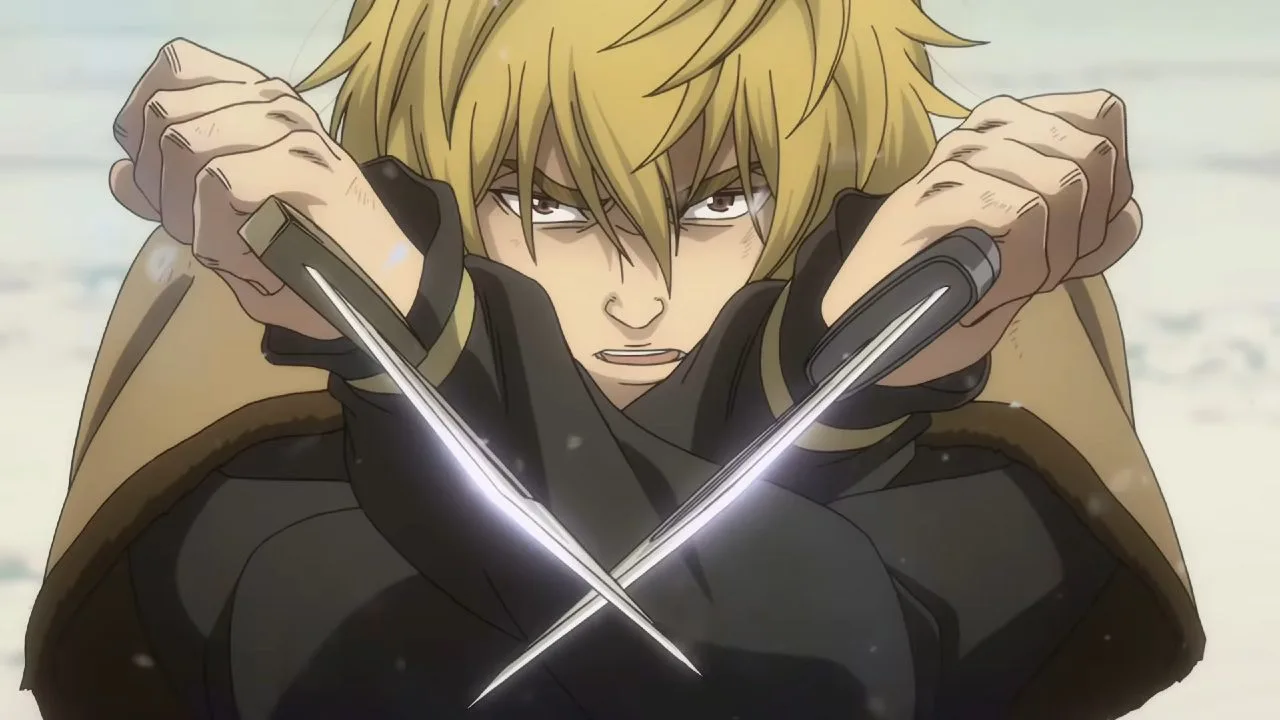
With the aid of Yabuta’s directing, the universe and characters of Vinland Saga came to life on screen, reflecting the mood and themes of the manga while also providing an eye-catching and captivating viewing experience.
Also Read: 33 Historical Anime to Watch – Best Recommendations
10. Vinland Saga Was Intended To Be A Shorter Series
Author of the Vinland Saga, Makoto Yukimura, has stated in interviews that he first planned for the series to be a shorter fiction, but as he dug more into the world and people he had created, he discovered there was much more he wanted to explore.
As he wrote, Yukimura said in an interview with Anime News Network, he became more interested in exploring the psychological and emotional effects of violence and war on the characters and in creating a more nuanced and complex portrayal of Viking culture.
Initially, he had intended for Vinland Saga to be a story about a young man seeking vengeance against his father’s murderer. As a result, the series went beyond its initial intent and developed further during its serialization, including new characters, storylines, and ideas.
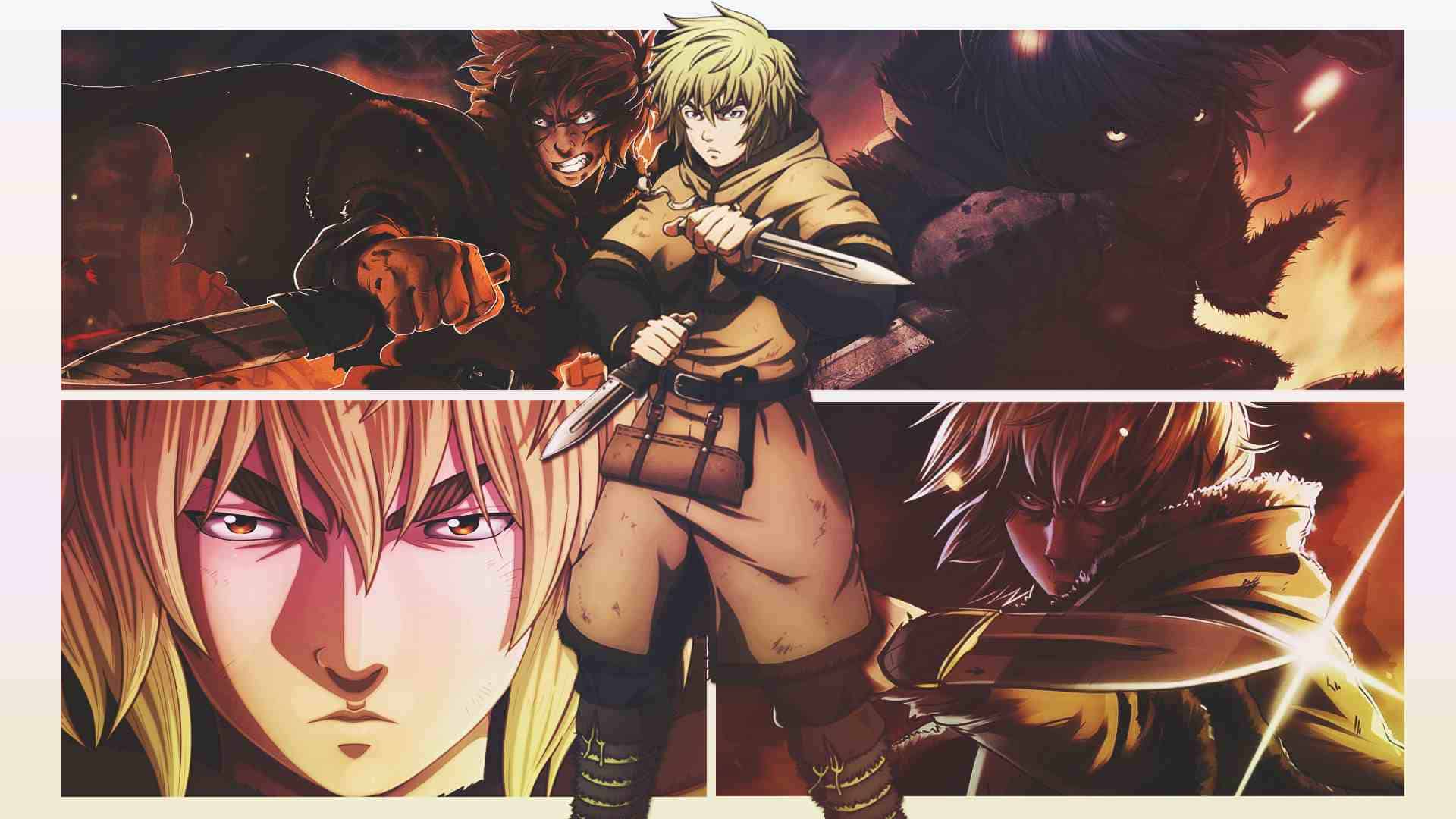
Vinland Saga has still remained a well-organised and masterfully created narrative that has made an impact with readers and viewers all around the world, despite its length and complexity.
11. Thorkell Is A Viking Warrior Based On Thorkell The Tall
Thorkell the Tall (Thorkell Hge), a well-known Viking warrior and commander in the 11th century, served as the inspiration for the character of Thorkell in the Vinland Saga. Thorkell the Tall was a feared and revered warrior who served under several kings during his time. He was famed for his towering height and physical prowess.
The real Thorkell the Tall and the fictional Thorkell the Tall have many characteristics, such as intimidating stature and power, a love of combat, and loyalty to friends and allies.
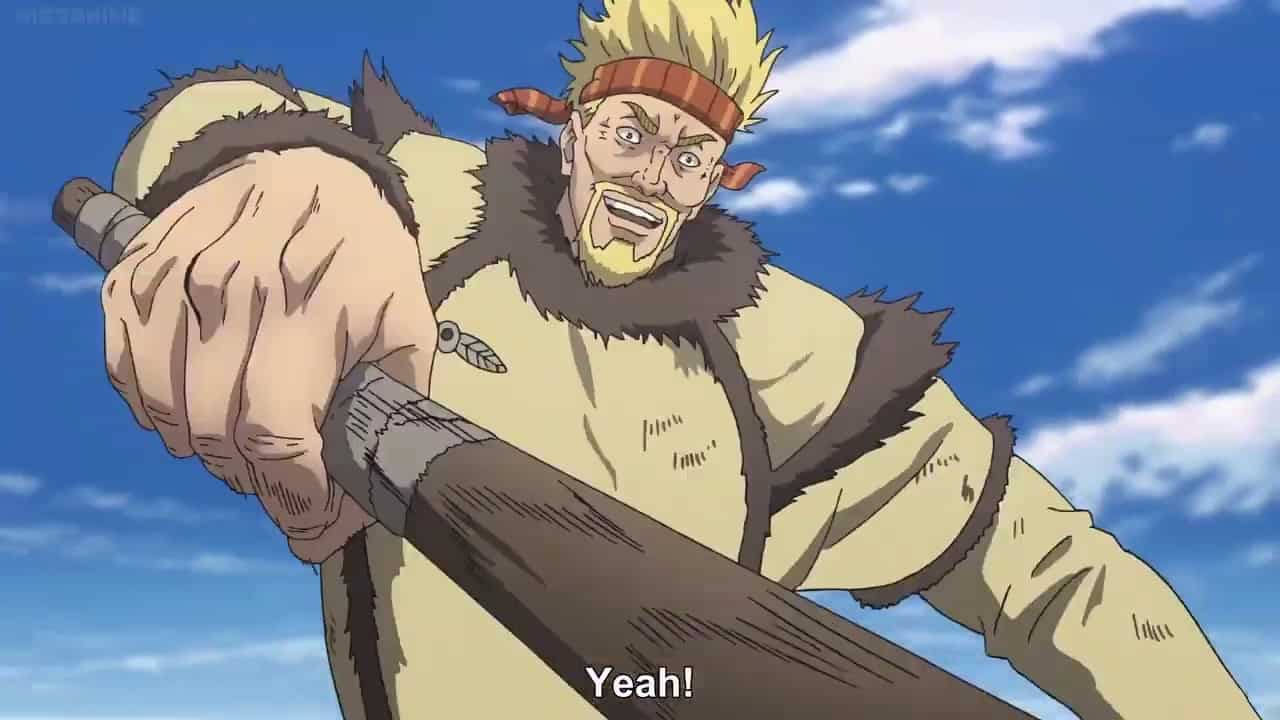
Although Thorkell is romanticized and expanded in the manga and anime series for dramatic effect, it is obvious that the character was based on the real-life Viking warrior and commander.
12. Cnut The Great Inspired Canute’s Character
The real figure of Cnut the Great, a Viking ruler of England, Denmark, and Norway during the eleventh century, served as the inspiration for the character of Canute in the Vinland Saga. Similar to the fictional character Canute, Cnut was renowned for his ambition, military prowess, and aspirations to create a united empire spanning Scandinavia and England.
The figure of Canute in the Vinland Saga, however, is originally shown as weak and timid, and he must overcome his personal shortcomings in order to express his authority and take his place as a legitimate leader.
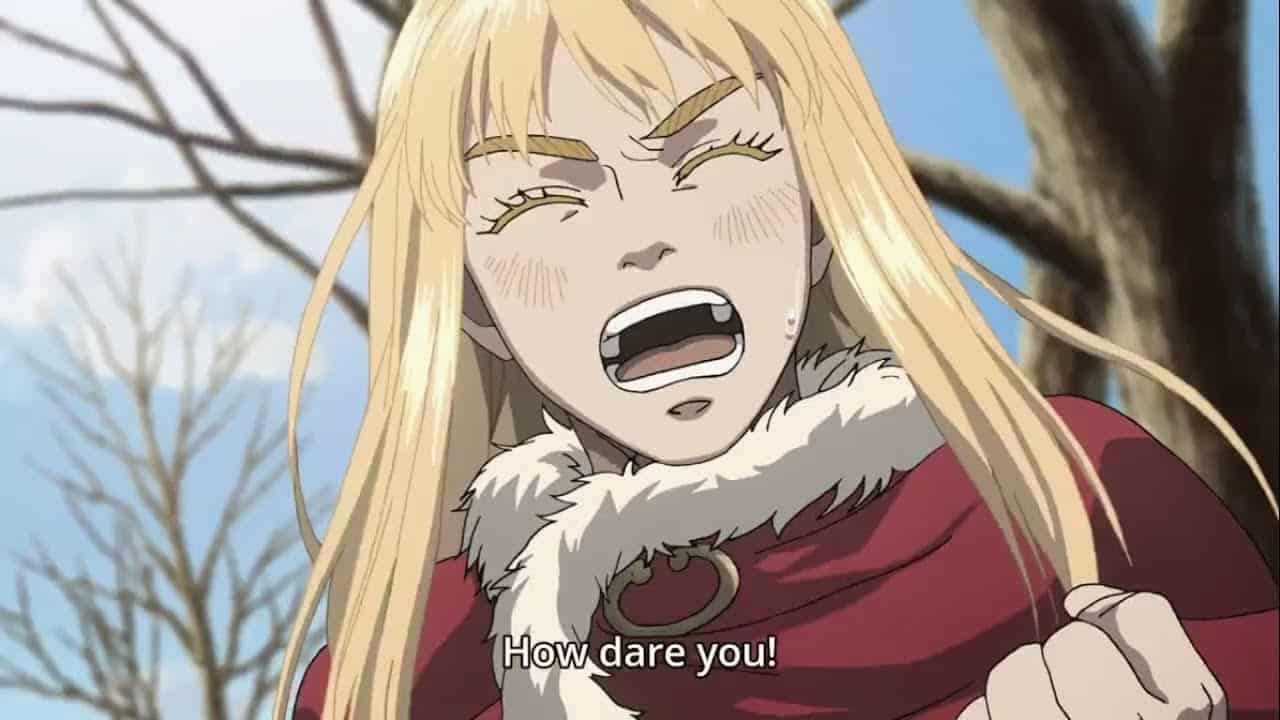
In contrast, the actual Cnut was a forceful and charismatic leader. One of the many ways that Vinland Saga combines truth and fiction to create a rich and complex tale is through the contrast between historical actuality and fictional depiction.
Also Read: Top Action Anime With The Best Fight Sequences
13. Vinland Saga Has Been Adapted Into Stage Play And Mobile Game
Vinland Saga has been turned into a stage play and a mobile game in addition to the manga and anime series. Vinland Saga -Kettō-, the stage adaptation of the series debuted in December 2019 in Tokyo and Osaka.
To bring the world of the series to life, the play utilized a live cast, dramatic stage effects, and battle choreography. Vinland Saga: The Adventure, the series’ mobile game adaption, was launched in Japan in July 2020.
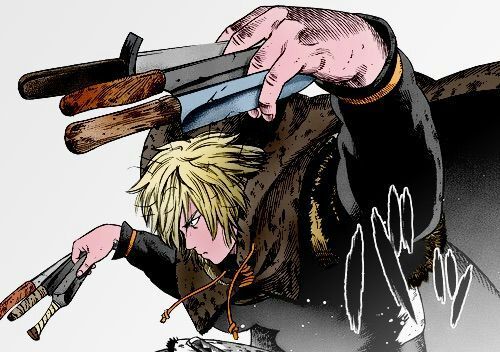
With engaging gameplay, the game immerses players in the series’ narrative while including places and characters from the manga and anime.
14. The Crow In Episode 7 Is A Reference To Berserk
A crow can be seen soaring over a fight scene in episode 7 of the Vinland Saga anime adaptation. This artwork is said to be a nod to the anime and manga series Berserk, which uses a crow as a recurring symbol throughout its narrative.
The crow is frequently connected to death in Berserk and is used to hint at catastrophic happenings. Given that both shows have a similar tone and deal with themes of violence, sorrow, and betrayal, it’s plausible that the writers of the Vinland Saga anime were paying homage to Berserk with this scene.
It’s important to note, though, that the depiction of a crow in Vinland Saga is also congruent with the larger ideas and images of the book. The crow is a common bird in Scandinavia and has long been a part of mythology and folklore relating to the Vikings.
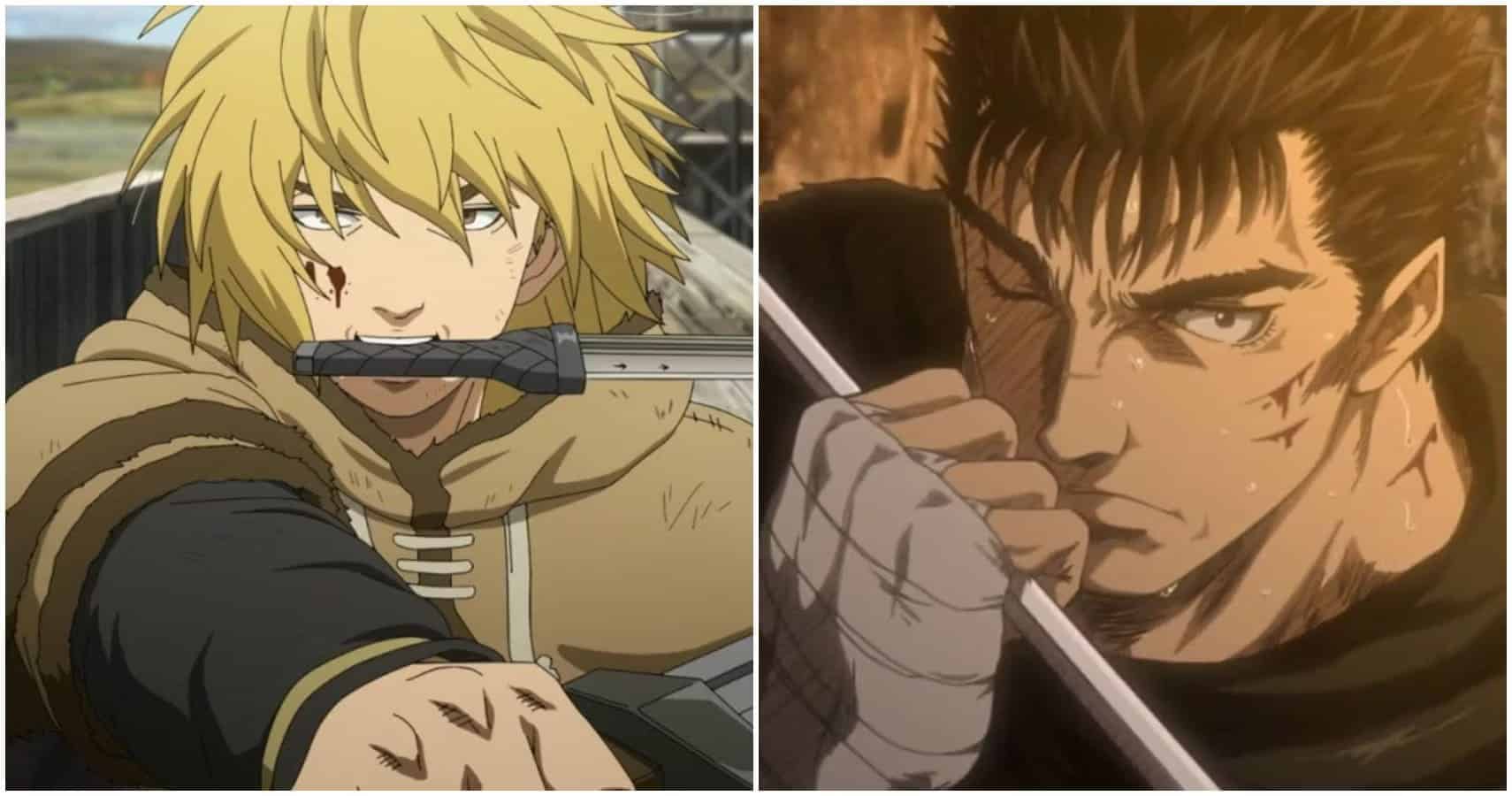
Huginn and Muninn, two ravens that functioned as the deity Odin‘s messengers and scouts, were sometimes shown with him in Norse mythology.
15. Thorfinn References Aesop’s Fable “The Boy Who Cried, Wolf”
The famous Aesop fable “The Boy Who Cried Wolf” is referenced by Thorfinn in chapter 69 of the manga “Vinland Saga” concerning a boy who cried “wolf” to draw attention. The fable narrates the tale of a shepherd child who frequently tells the villagers he saw a wolf in order to gain their attention and entertain them.
The people do not believe the kid when a genuine wolf does show up, and he screams out for help; as a result, the wolf attacks and devours the sheep.
Thorfinn uses the allusion to this story in the Vinland Saga to make a point about reliability and trust. He uses the tale to illustrate the value of integrity and dependability as well as the necessity of credibility in forging enduring bonds and allies to a group of young fighters.
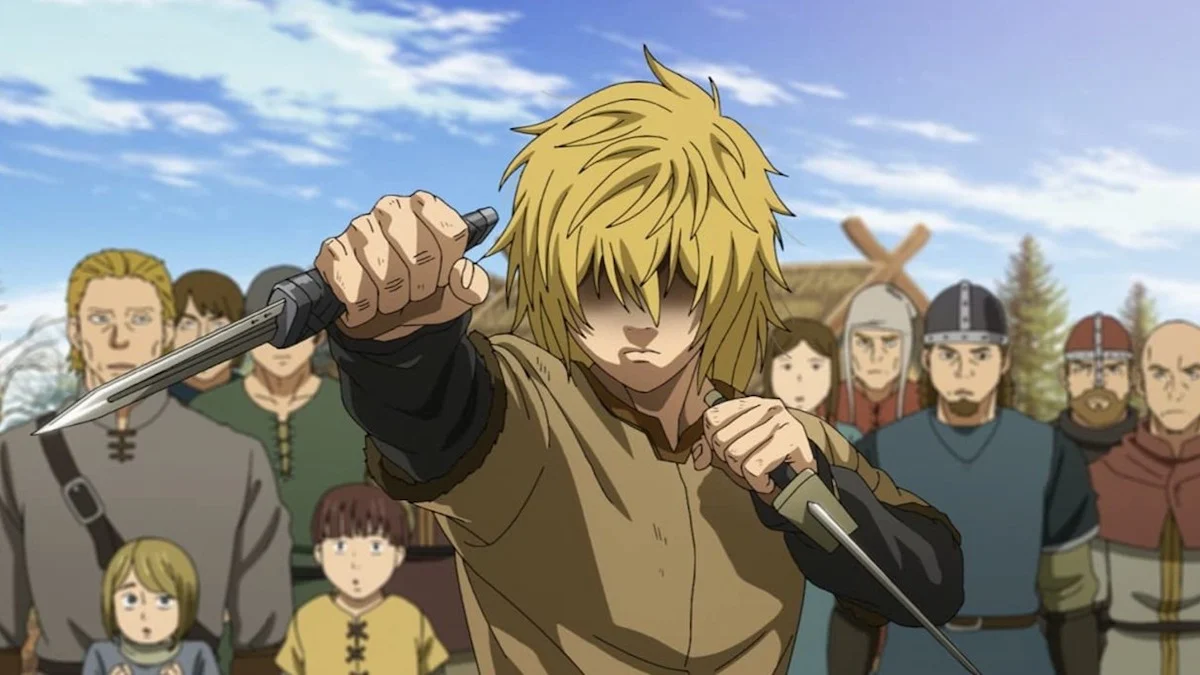
This fable’s inclusion is also in keeping with the larger themes of the Vinland Saga, which frequently touch on matters of morality, honor, and the repercussions of one’s choices.
Also Read: Top 15 Ecchi Anime Series Of All Time
16. Soldiers Play “Knucklebones,” A Game Popular In Ancient Rome And Greece
A scene with troops playing the game “knucklebones” can be seen in episode 6 of the anime series Vinland Saga. Similar to contemporary games like jacks or dice, this game involves tossing tiny animal bones and attempting to land them in particular patterns or configurations. The game has a long and rich history and was well-known as “astragaloi” in ancient Greece and Rome.
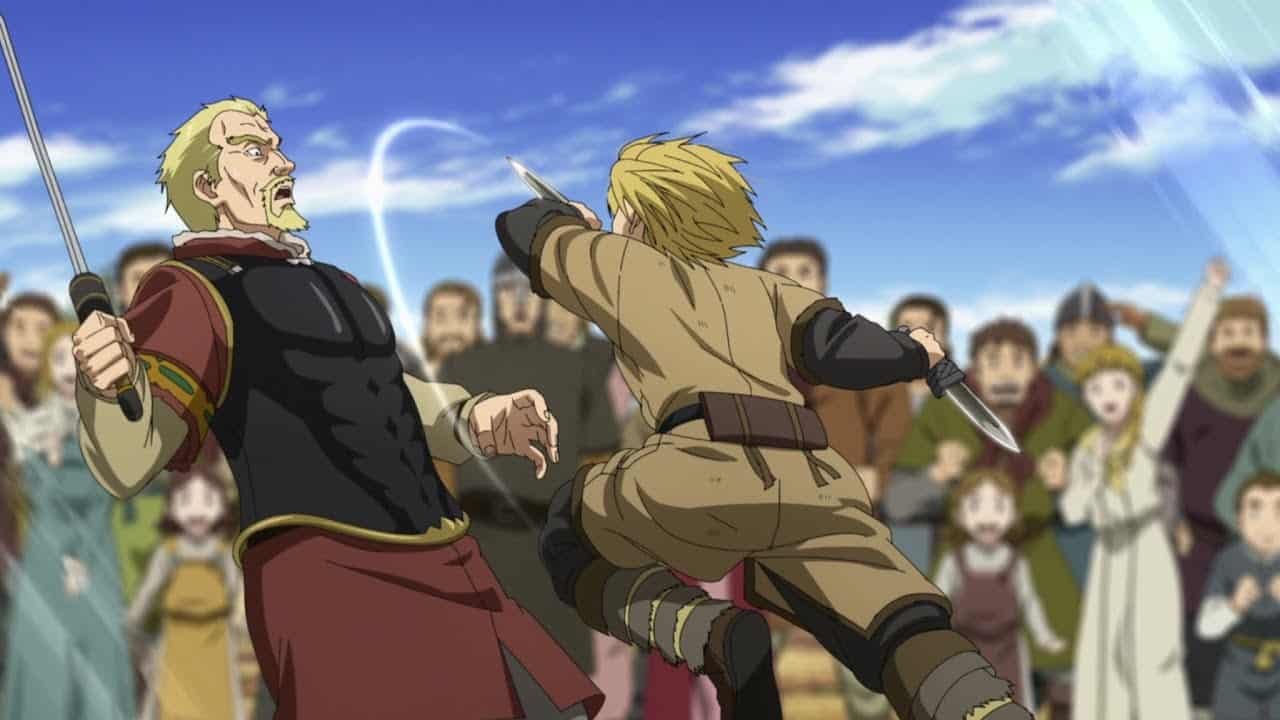
Several historical fiction works, such as the Percy Jackson and the Olympians book series and the HBO series Rome, have also made mention of the game. Given that it was a well-liked activity among soldiers and commoners during the period in which the series is set, the inclusion of this game in Vinland Saga enhances the historical accuracy of the series.
17. Atli Plays Hnefatafl, A Viking Age Board Game
Atli, a character from the Vinland Saga manga, is seen playing the game hnefatafl, a popular game in Viking Period Scandinavia, in chapter 78. The game, also known as “the king’s table” or simply “tafl,” was played with pieces that represented various figures from Norse mythology, including the kings, warriors, and berserkers, on a board with a grid of squares.
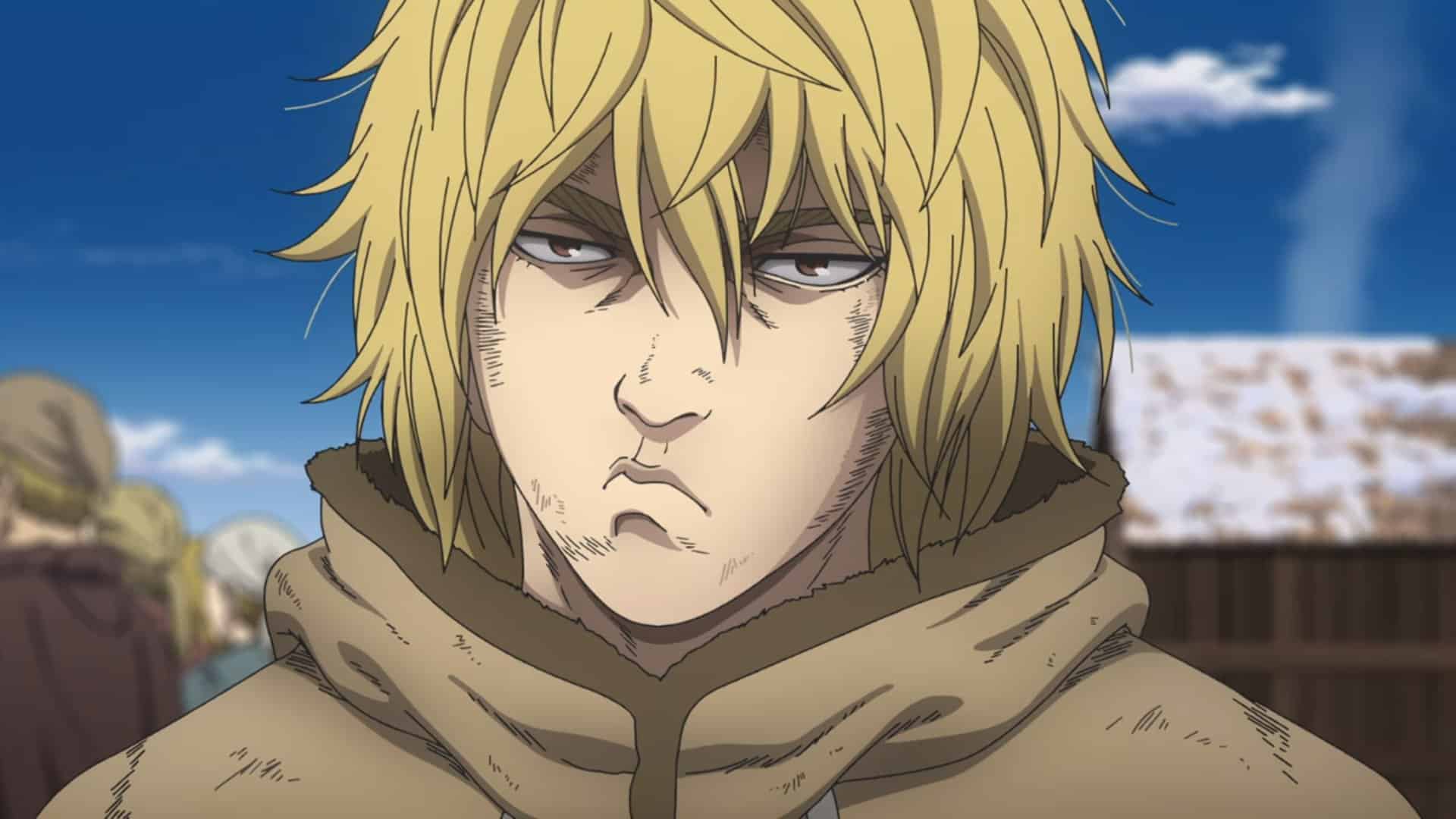
Although the game’s rules are not entirely clear, it is thought to have been a strategic game with some chess-like elements. This scene, which is present in Vinland Saga, serves as an illustration of the author Makoto Yukimura’s meticulous attention to historical accuracy.
18. The Series References The Norse Myth Of Baldr, A God Of Light And Purity
Atli states in chapter 79 that he had heard a tale about Baldr, who was thought to be impervious to injury because of his mother Frigg’s warding enchantment. He was finally shot and murdered by his blind brother Hodr after being deceived into shooting him with a mistletoe-tipped arrow.
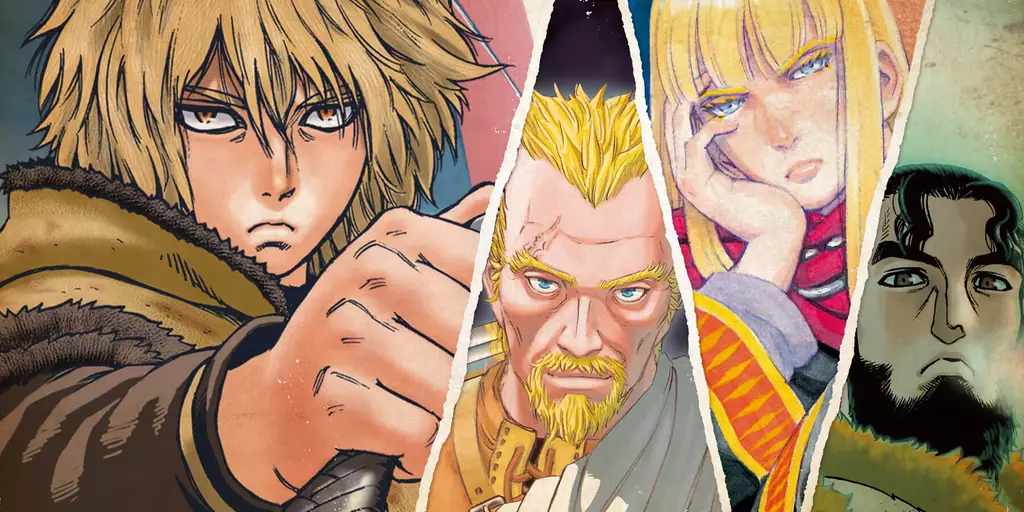
In Norse mythology, the narrative of Baldr’s death is seen as a terrible occurrence and is frequently employed in literature and art as a symbol of loss and grief.
Also Read: 10 Best Anime About Revenge That You Should Watch
19. Makoto Yukimura Originally Planned To End the Series With Farmland Arc
After the Farmland arc, which concludes in volume 8, Makoto Yukimura intended to discontinue the series. Yet he made the decision to carry on with the narrative and delve further into the Viking Period due to the success of the series and the support of his editor. As a result, the Baltic Sea War arc was developed, and new characters and plotlines were introduced.
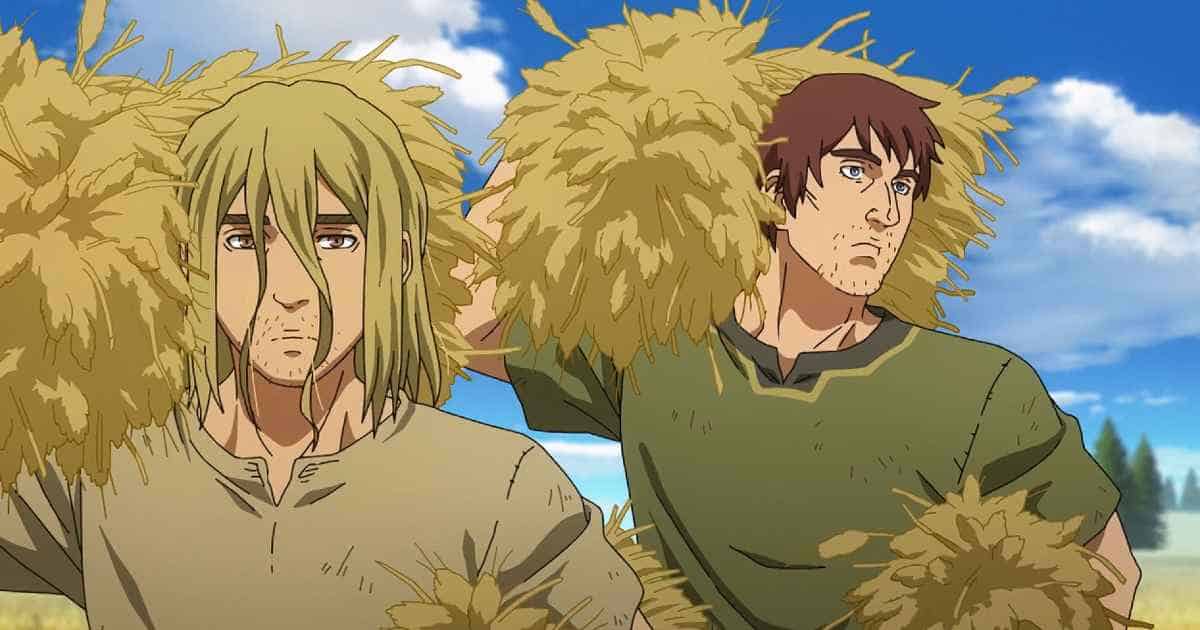
20. Takahiko Abiru Created Character Designs For Vinland Saga
Takahiko Abiru is an accomplished character designer and chief animator who has contributed to a number of well-known anime series, such as Hunter × Hunter, Dororo, and Vinland Saga. He is renowned for creating vivid, emotive character designs that give each character a sense of individuality.
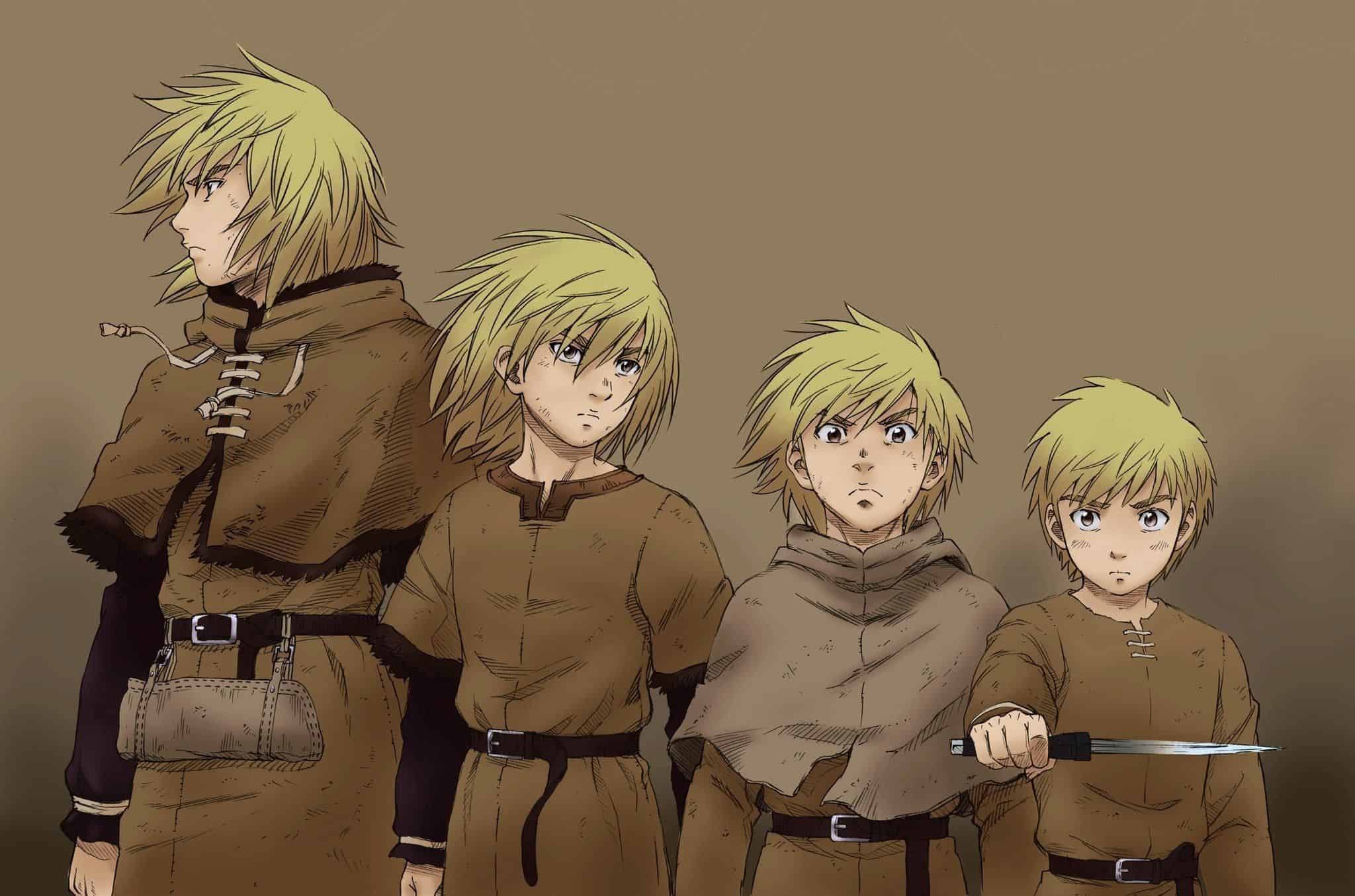
21. Leif Erikson Is Based On The Historical Figure
In the year 1000, Leif Erikson, a historical person from Norse mythology, is said to have been the first European to step foot in North America. He is named as one of the explorers who found Vinland, which is thought to be present-day Newfoundland, Canada, in the Vinland Saga series.
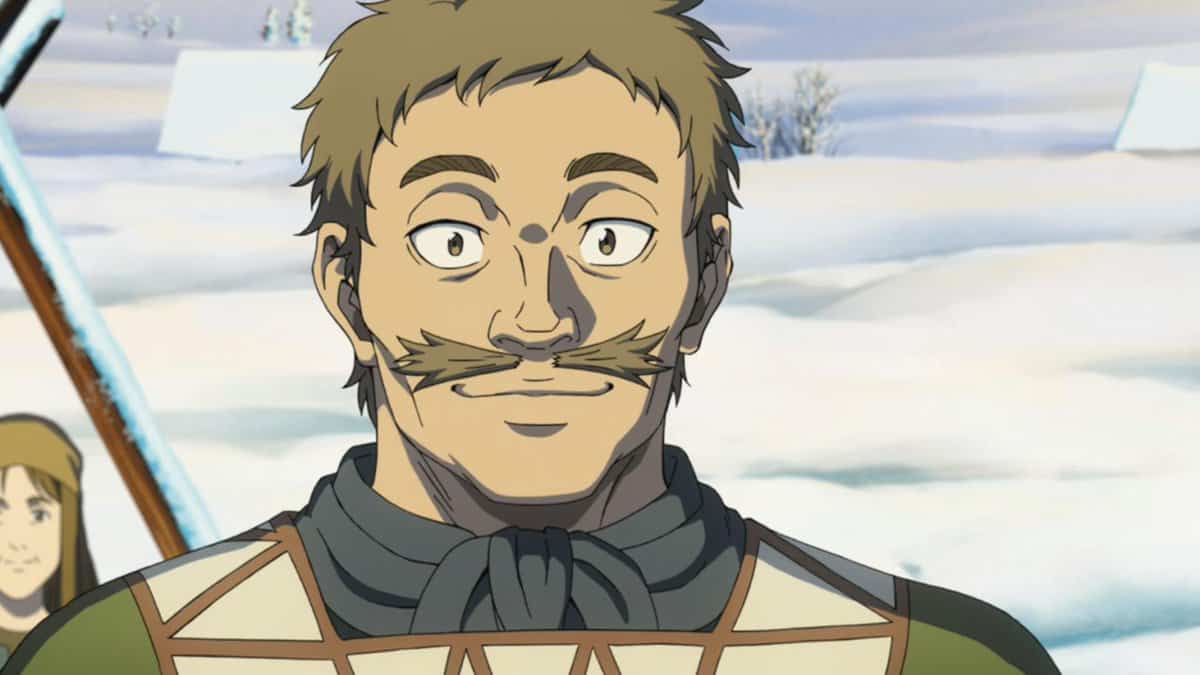
The protagonist of the series resembles the actual individual in many ways, including his sense of adventure and desire to discover foreign areas. Leif is presented in the Vinland Saga as a knowledgeable and experienced adventurer who mentors Thorfinn.
22. Viking Warriors Are Depicted Realistically, Using Tactics And Strategies
Particularly in its depiction of Viking battles, the Vinland Saga series is renowned for its realistic portrayals of battle. Author Makoto Yukimura is renowned for his dedication to demonstrating the many tactics and methods employed by Viking fighters as well as his attention to historical authenticity.
The employment of shields, spears, swords, and other weapons, as well as the significance of formations, topography, and other elements that could affect a battle’s outcome, are all included in this.
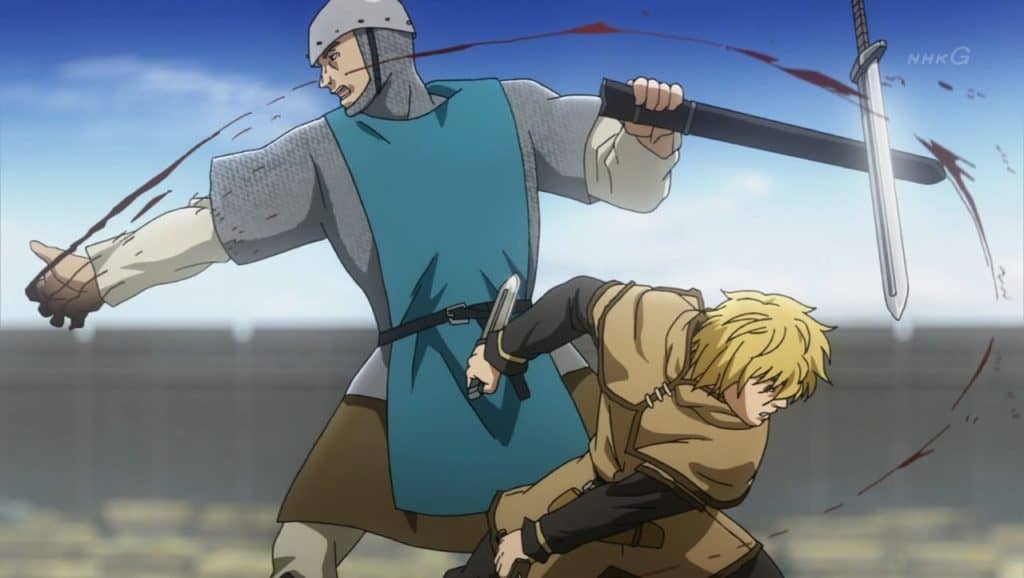
The series also depicts the harm that battle may do to a soldier’s body and mind, including the wounds and trauma that might result.
Also Read: 35 Most Popular Anime With An Overpowered Lead, Story with OP MC
23. The Series Uses Symbolism And Allegory To Explore Deeper Themes
The Vinland Saga is renowned for its use of metaphor and symbolism. For instance, the series’ name itself alludes to the notion of Vinland, a mystical place of abundance and peace that was believed to exist in North America.
This idea serves as a representation of optimism and a brighter future throughout the entire series, particularly for Thorfinn, who is on the quest for it.
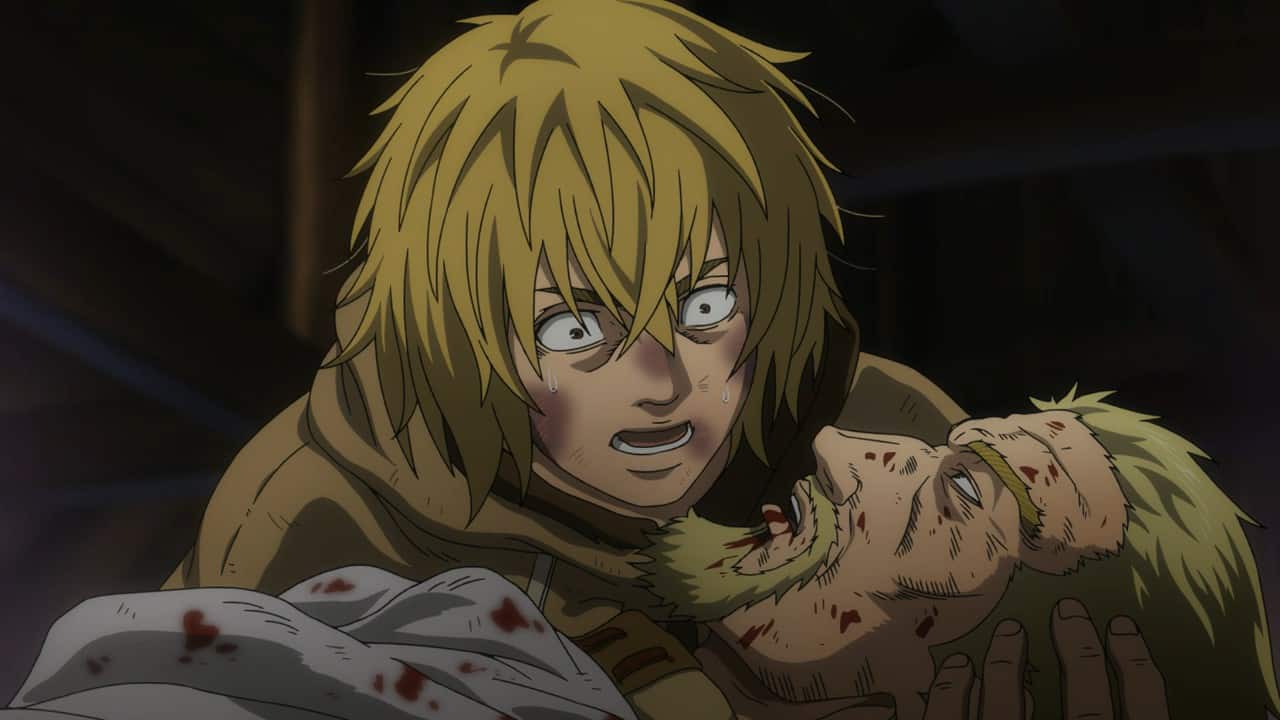
The usage of the Norse gods as metaphors for various human emotions and wants, the constant subject of cycles of violence and retribution, and the contrast between the natural world and the world of people and their battles are all further instances of symbolism and allegory throughout the series.
24. Ukiyo-e Character Designs Influenced Vinland Saga
Takahiko Abiru, who designed the characters for Vinland Saga, has acknowledged that ukiyo-e had a significant influence on his work, notably in the use of strong, bold lines and the emphasis on the characters’ facial expressions. One of the series’ distinctive features and a factor in its appeal to fans is its fusion of Norse and Japanese aesthetics.

25. The Series Features Real-world Historical Events And Figures
The show is renowned for accurately representing Viking culture and civilization, and it frequently features actual persons and events from the Viking Period, including King Sweyn Forkbeard and the Battle of Maldon. Moreover, allusions to Norse mythology and folklore can be seen in the series.
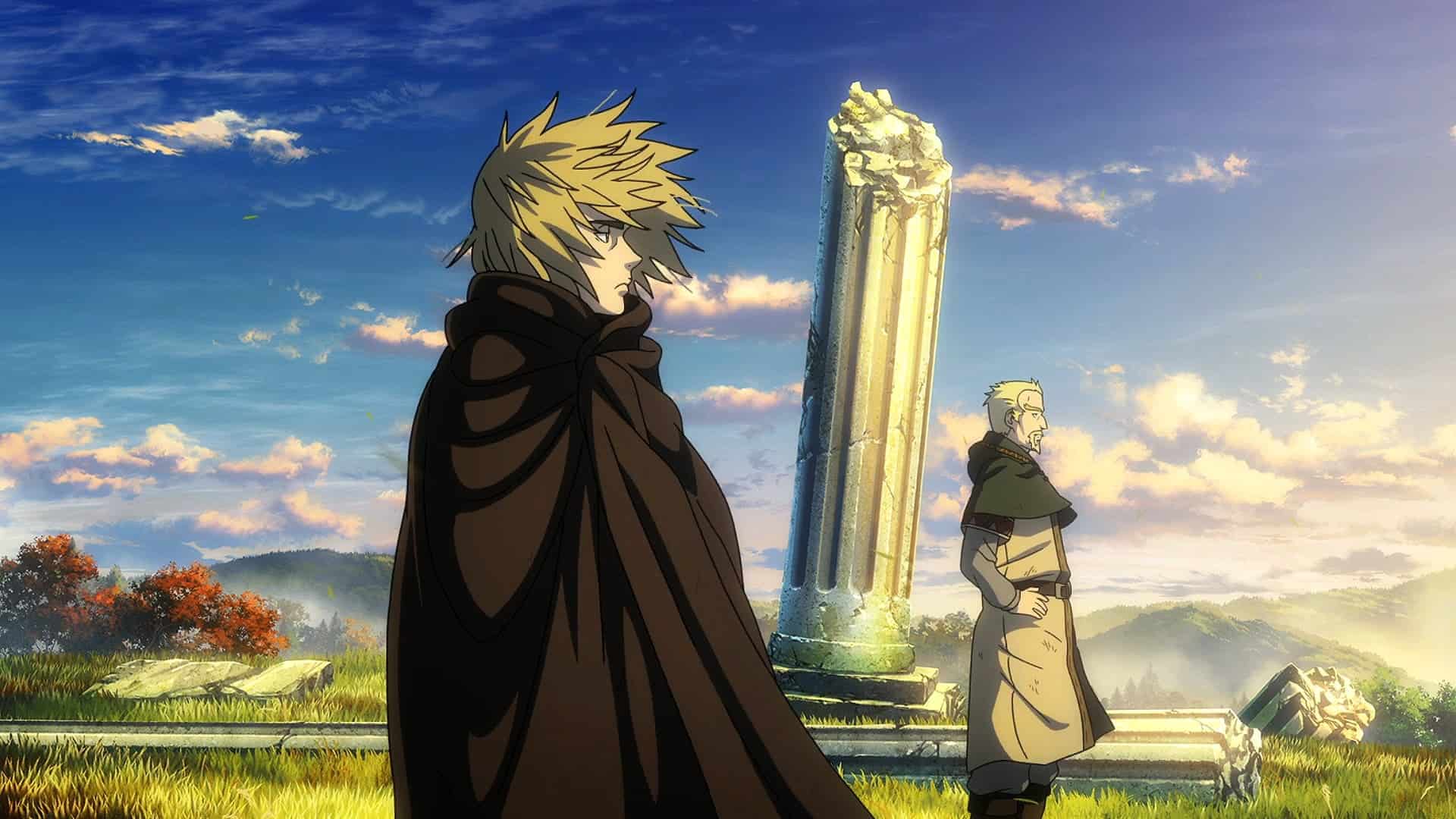
Also Read: 30 Best Anime Where the Main Character Was Betrayed But Makes A Comeback

